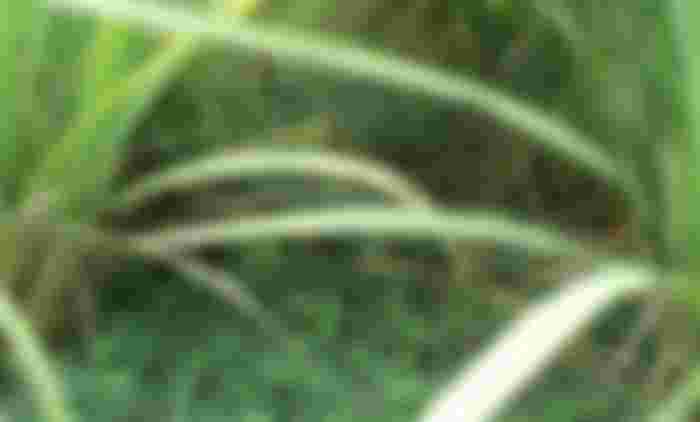Forage associations in tropical livestock ecosystems
Dear readers, the livestock agroecosystems of the tropics constitute their forage production with the establishment of forage poaceae in monocultures, which can lead to the degradation of grasslands, low nutritional value and irregular availability of forage, all due to mismanagement factors.

It should also be noted that sustainable development is currently being promoted as a means of developing fodder livestock, using productive strategies in harmony with natural resources and that maintain the functional biodiversity present in agro-ecosystems, in this sense the tropical regions present excellent opportunities to increase production, reduce economic resources and environmental impact, with the use of local resources such as fodder fabaceae, which, by associating them with poaceae, allows diversifying fodder resources and reducing external inputs.
It is necessary to add that, the associations fabaceae-poaceae, is the synergy between two or more species, with the aim of improving the agronomic and productive conditions of the agroecositema, can be used native or extracted (naturalized) species. To establish an association must take into account the growth habits and planting season of tropical, since pastures are more photosynthetically efficient and it is desired to avoid competition between species that decreases the presence of some of them in the forage ecosystem.

In this sense it is necessary to add that the use of poaceae-fabaceae associations in livestock systems serve several purposes, help to reduce the degradation of pastures and production costs, promote the conservation of the functional biodiversity present in agro-ecosystems, enabling quality forages. production to be achieved during the year, in addition to progressively increasing soil fertility through atmospheric nitrogen fixation and conservation of grazing areas against erosion.
In line with the above, it can be indicated that livestock systems can be sustainable, with sufficient and nutritious forages to compensate the nutritional needs of the animal at low cost; Meanwhile, Marble and Morillo (1997), point out that the introduction of fabaceae in grazing areas could meet the objectives required for the production of forage, due to its ability to fix atmospheric nitrogen, which helps to produce a succulent forage in proteins and abundant in minerals.
I hope the article is to your liking dear reader, I will continue uploading agricultural information to share the alternatives implemented in animal and plant production.
@amestyj
Note: All photographs are the property of the author.

